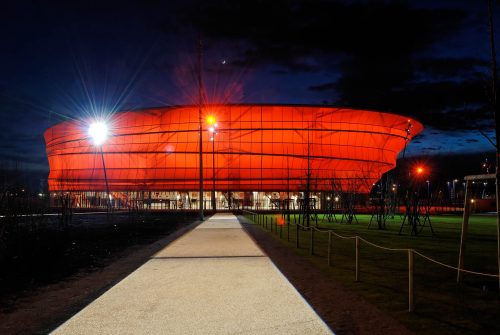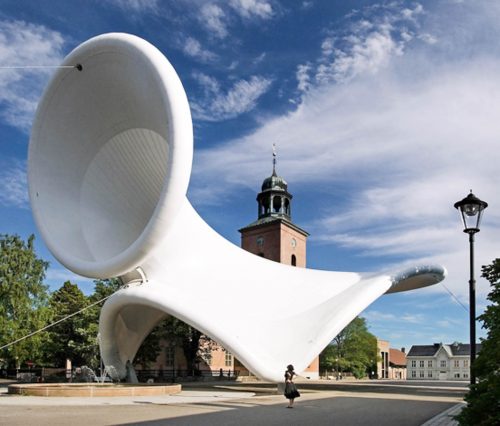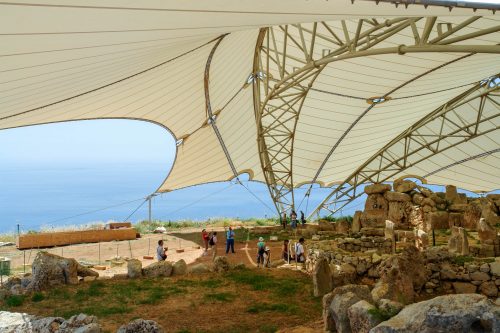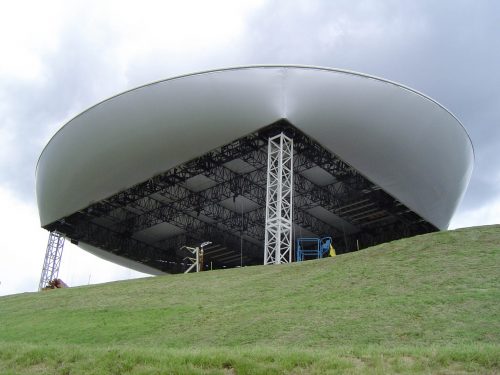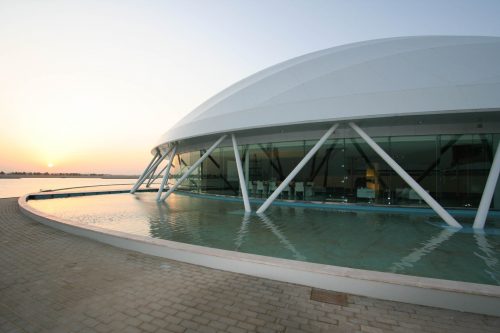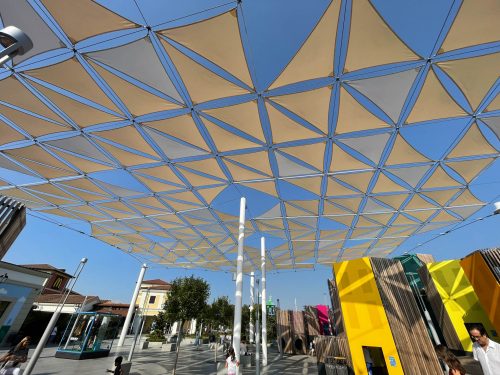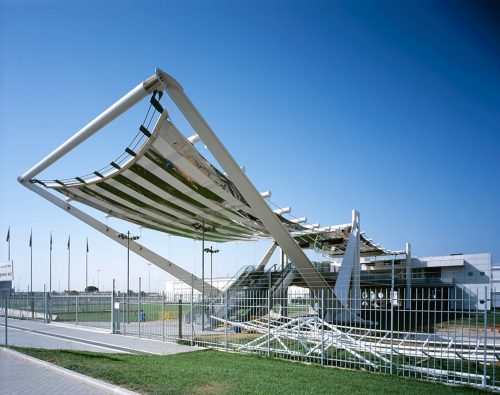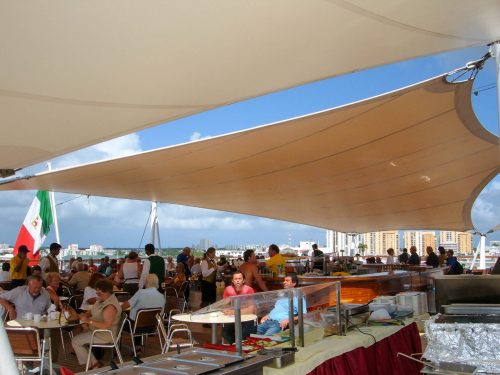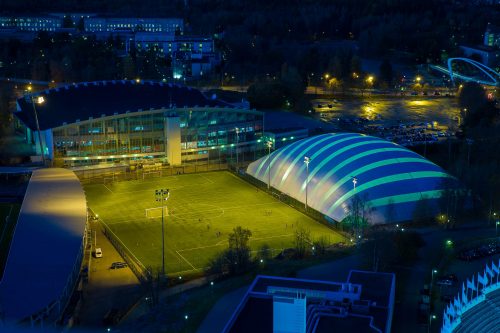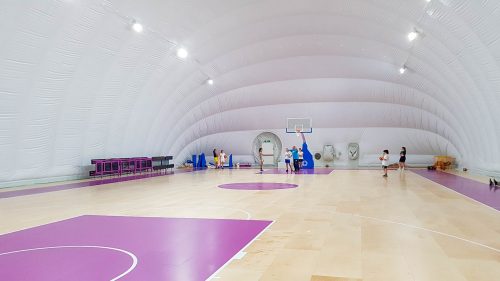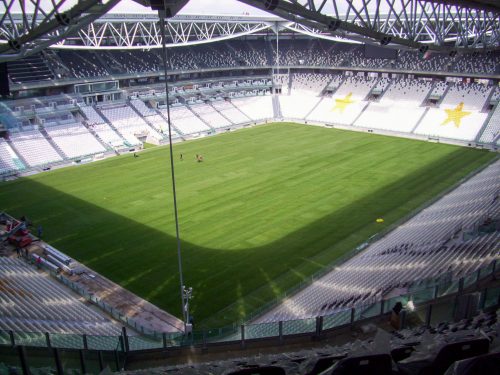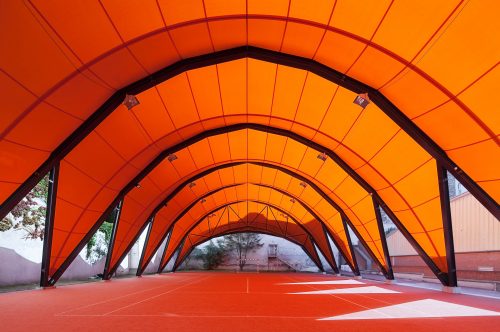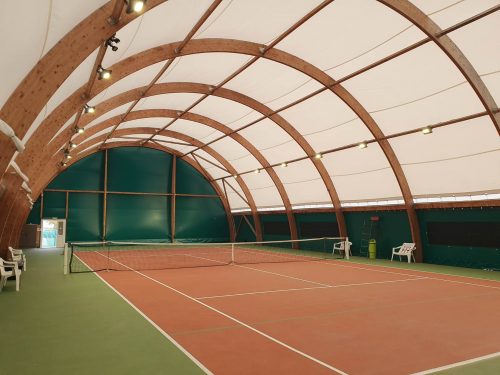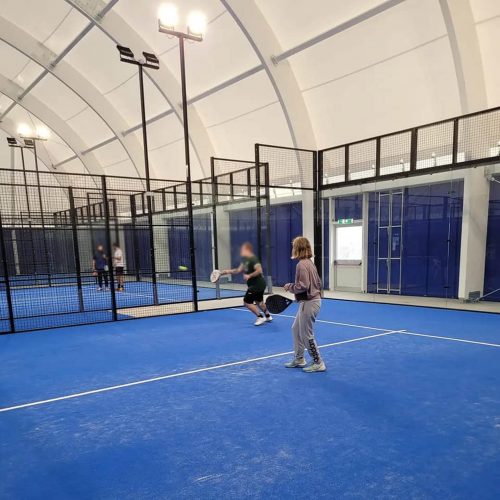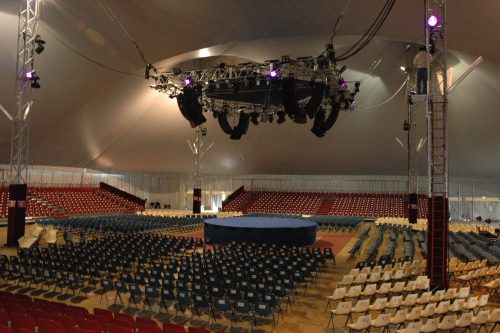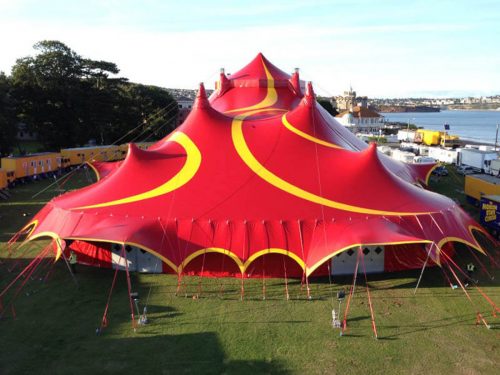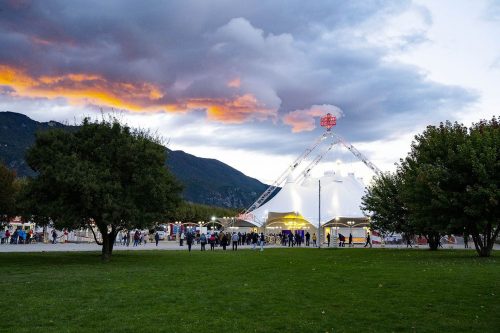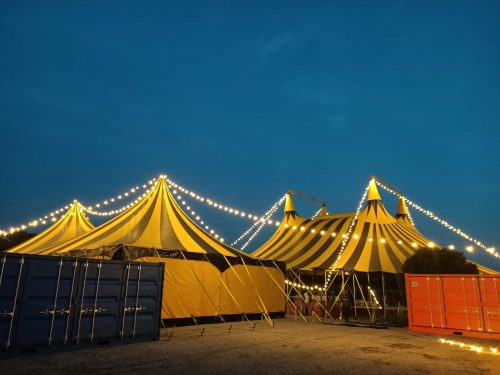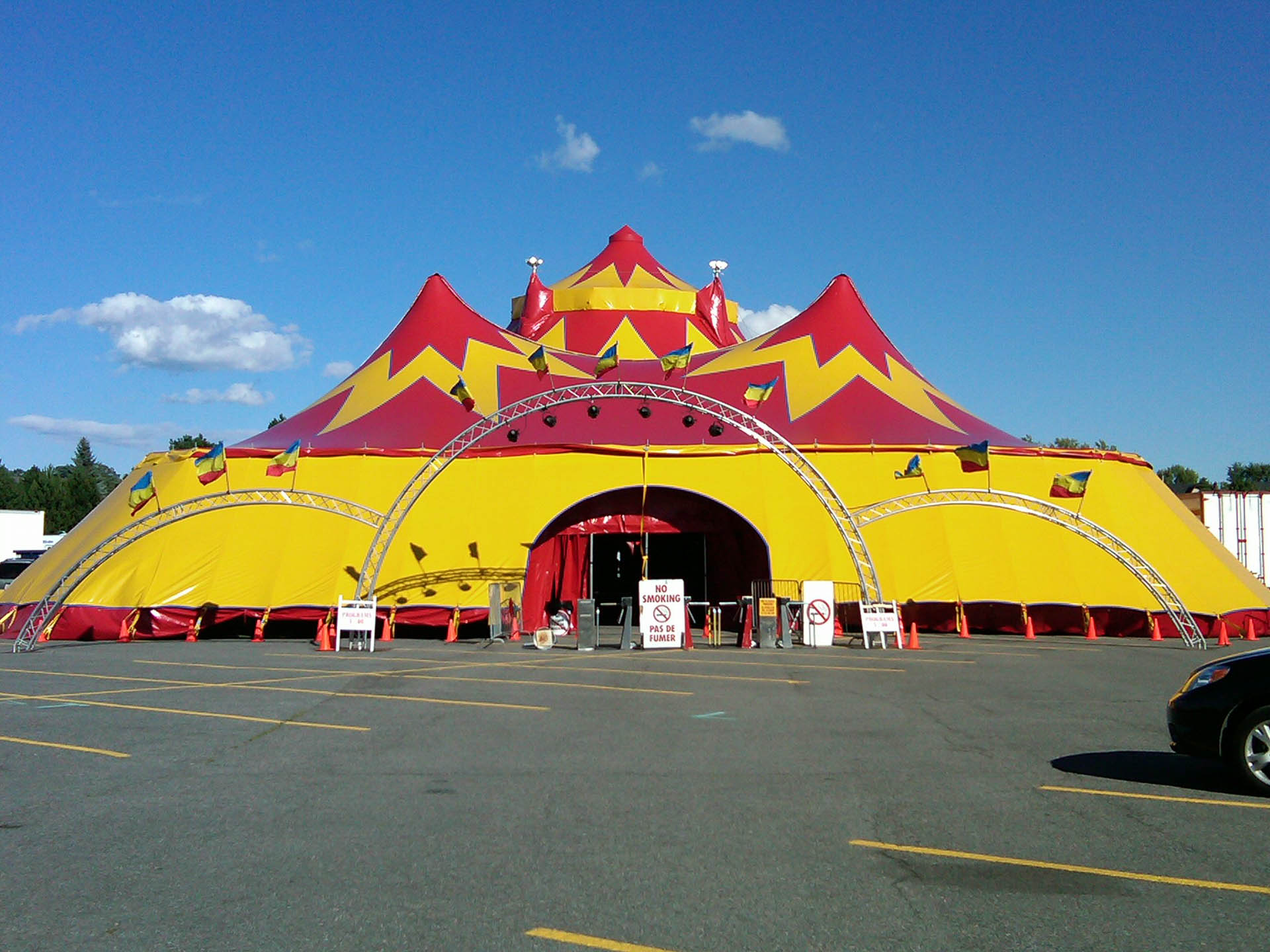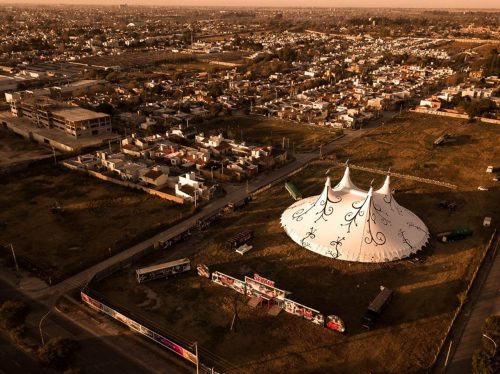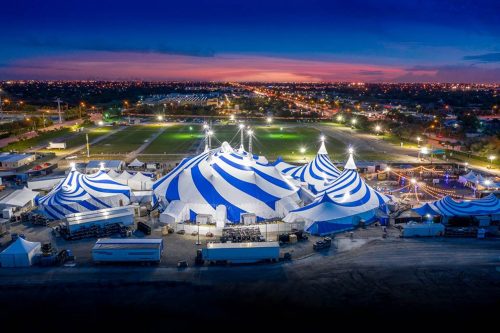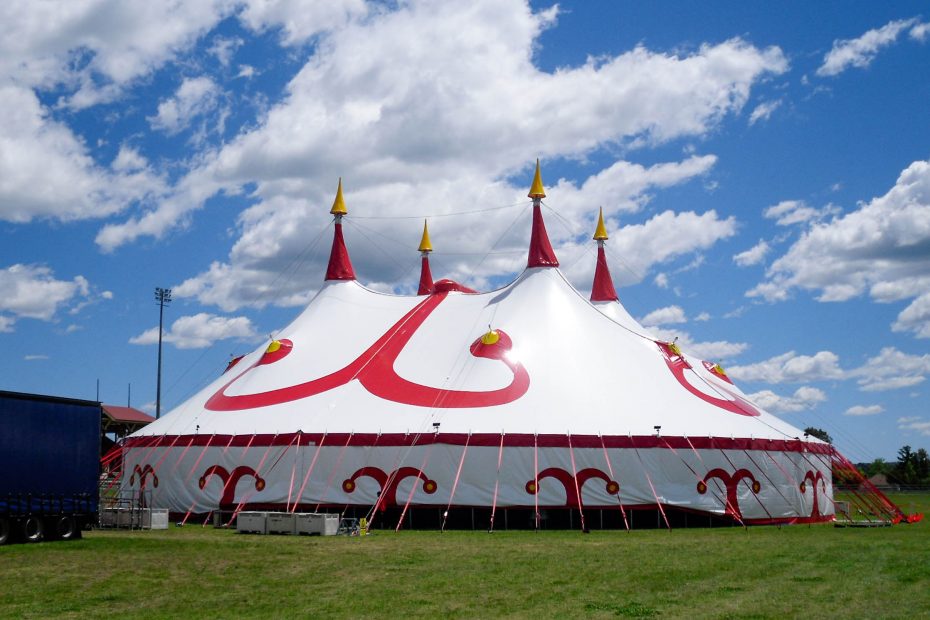The circus is the only form of entertainment that, in addition to matching management, distribution, production and performance, carries with it an entire world of work and life under a big top. See here the history of circus tents.
The French term “chapiteau” traditionally refers to a tent with a round or oval floor plan serving the circus as a venue for its performances.
Technology for transportable circus tents has only existed since the late 19th century, as circus performances previously circus performances or inside show booths.
Our country, until that time, was in fact accustomed to provincial circuses or large international companies, which performed inside the so-called Politeamas, easily converted on occasion into equestrian circuses.
The first use of Italian piazzas as a location for a traveling circus tent dates back to visits by Krone (1922) and Gleich (1925). The press of the time lingered to review more the logistics than the show, with amazement and admiration toward the operation of the circus tent, containing the typical amenities of a small urban community.
But the first indigenous example of a large traveling city was the Togni Circus tent, erected in May 1942 in front of the Milan courthouse in Porta Vittoria: a very modern and unprecedented model of a round dome, with a capacity of 3,000.
It was in the second half of the 1950s that the other major Italian circuses gradually emerged: Orfei, Palmiri, Jarz, Casartelli. It is these companies that begin to employ a new dome system (a hybrid of the round one and the German-style square one), which in the 1970s would become the called the “Italian way”, one of our many inventions that has achieved immense success abroad, along with the tents made of plastic material, with the decisive emergence of the pioneer Giuseppe Canobbio, setting a new world standard.
In the 1980s three aspects completely redeveloped the economics and appearance of the traveling circus: the reduction in the size of the tents, the evolution of the elements of audience accommodation and comfort, and the radical redefinition of the quality of animal housing and transport.
The circus tents, in addition to shrinking, become more practical: the “counterpoles” disappear, and armchairs replace the uncomfortable benches, increasing the focus on the spectator.
The 1990s saw the evolution of family circuses into larger circus enterprises with quality infrastructure, sometimes even more flashy than the show itself.
But recent generations, after exploratory years of street theater, have since about 2010 reclaimed the dimension of the small circus tent, boldly investing in this form of itinerancy, and perhaps rescuing it from extinction.
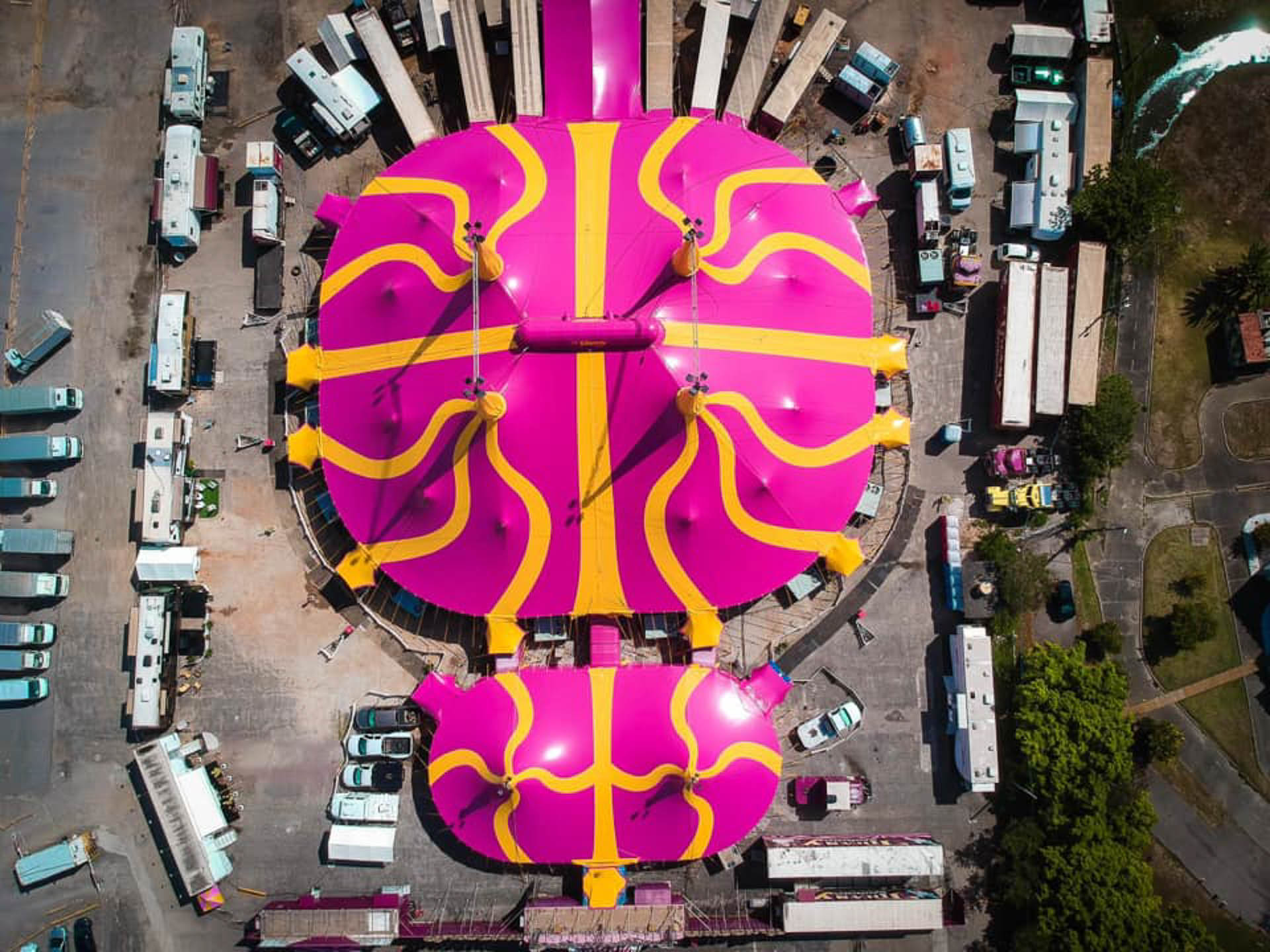
Structure of a circus tent
The circus tent roof is made of several individual tarpaulins, which are rolled or folded, transported and assembled at the venue. At the beginning of the 20th century they were still made of pure cotton fabric, while now, because of their size, circus tent tarps are made almost exclusively of fabric-reinforced PVC.
The circus tent is supported in the center by trees that were originally made of wood and are now made of steel. The most common are circus tents with four masts (four masters). The shafts are reinforced with steel ropes, which are tensioned by hoists or gripping pulleys and serve as fastening points. The tarps are now tensioned with polyester fabric straps, with the tent anchors also functioning as anchor points.
On the outer edge, the tent roof is supported by side poles to which the round screen below is attached. Storm poles are used for this, but they limit the view. This is why some circuses have long done without them and even stretch the roof tarp from the outside using ropes.
Experience gained in a very specialty, such as circus and tent theater covers, has led Canobbio Textile to the creation of structures that are practical and quick to move, reliable, well-maintained, and refined in decoration.
Canobbio Textile has continued to refine this lightweight, touring roofing system over time, making increasingly modern circus tents and using computerized marquee design systems and techniques.



